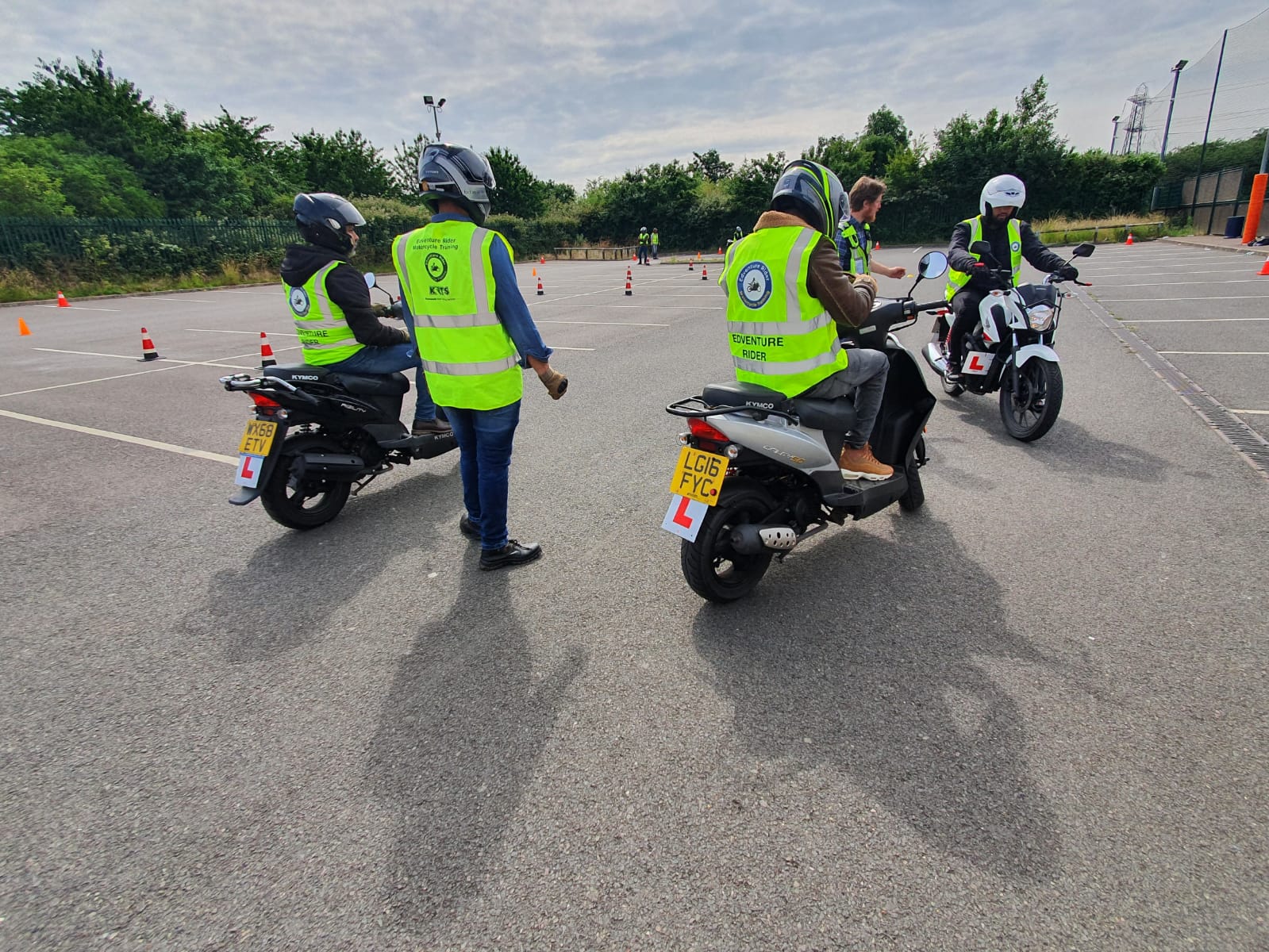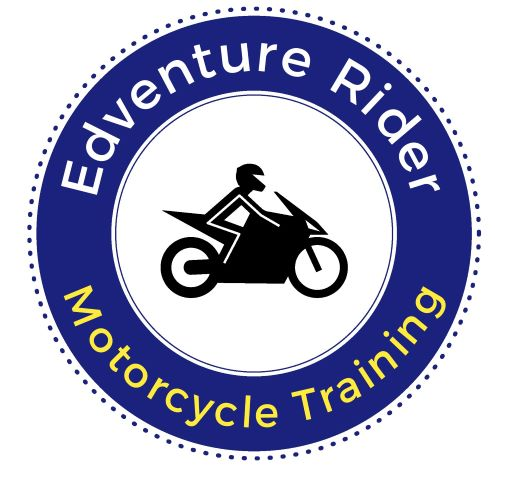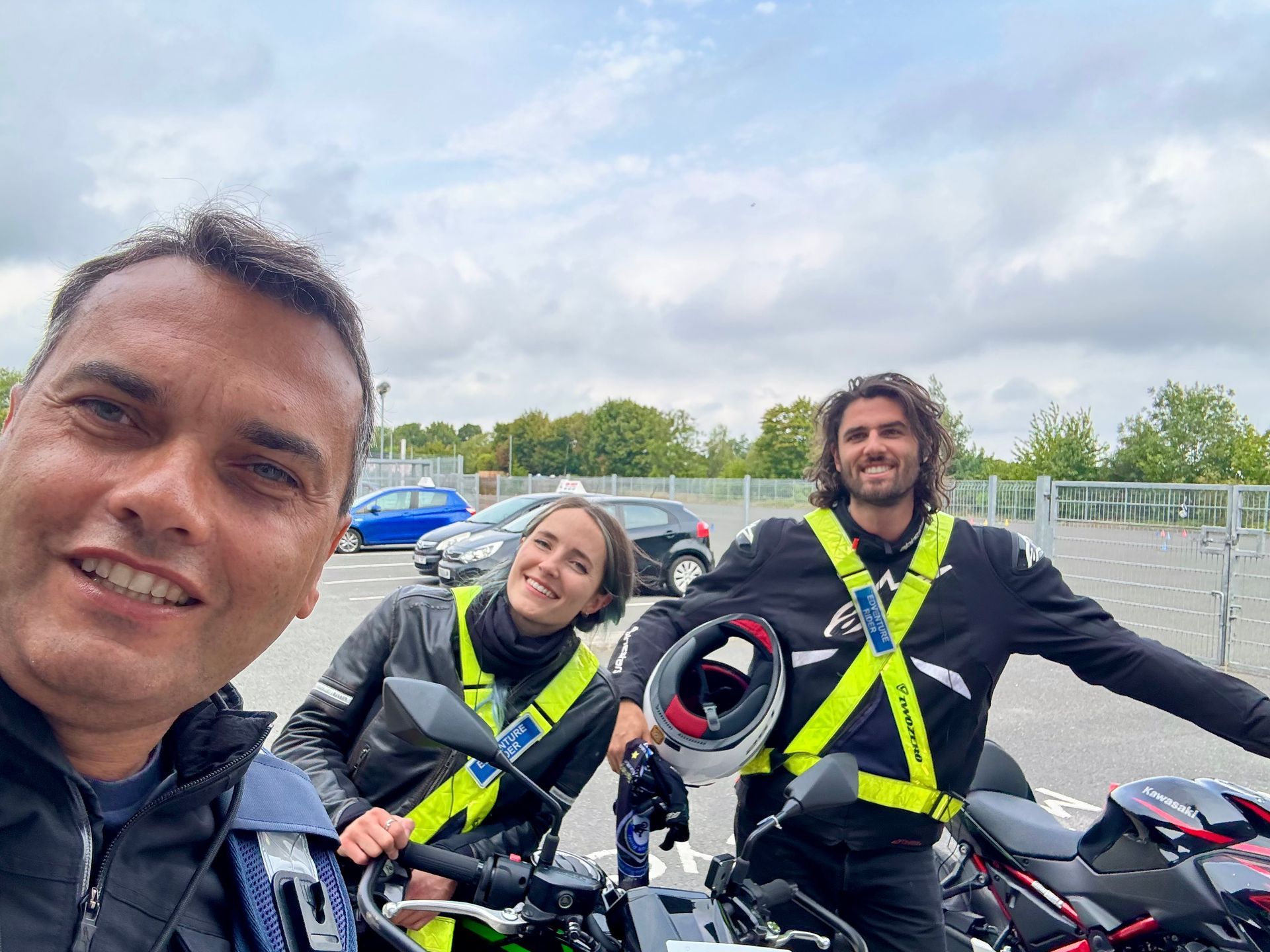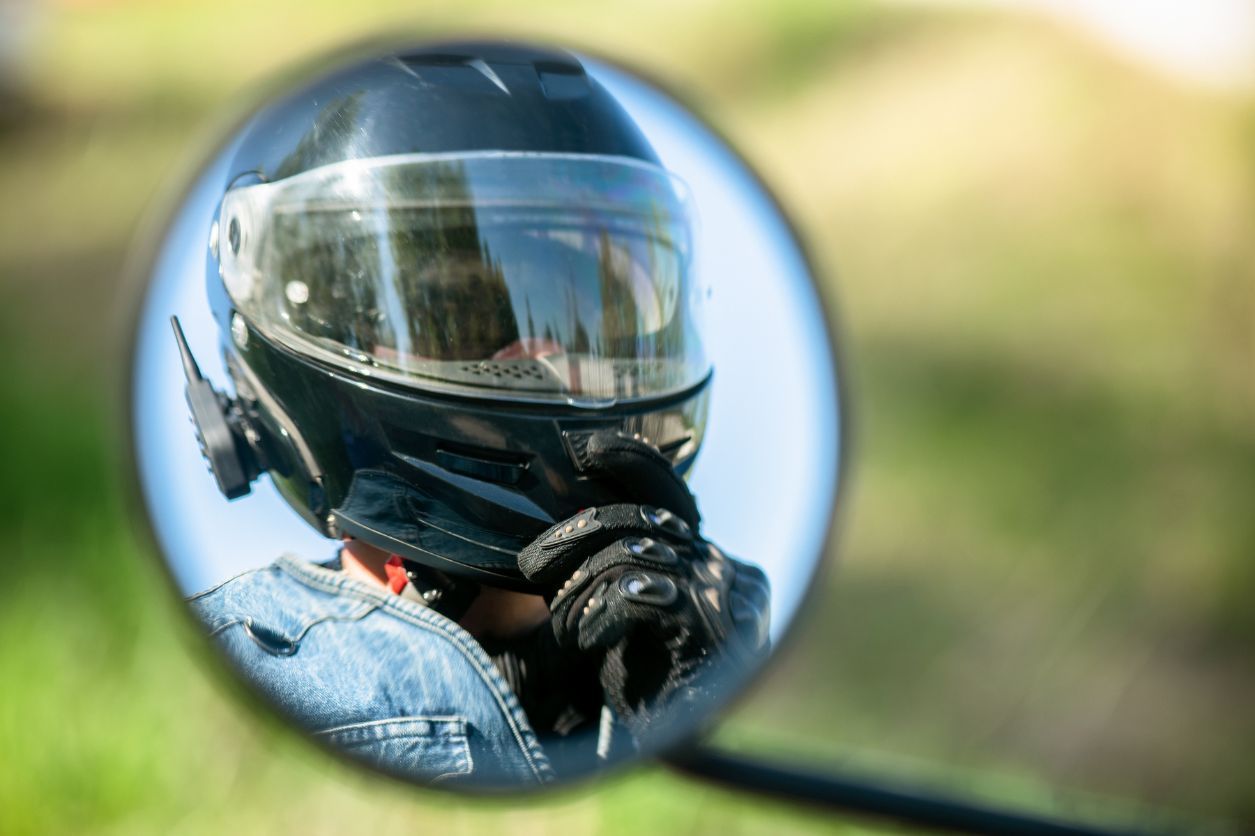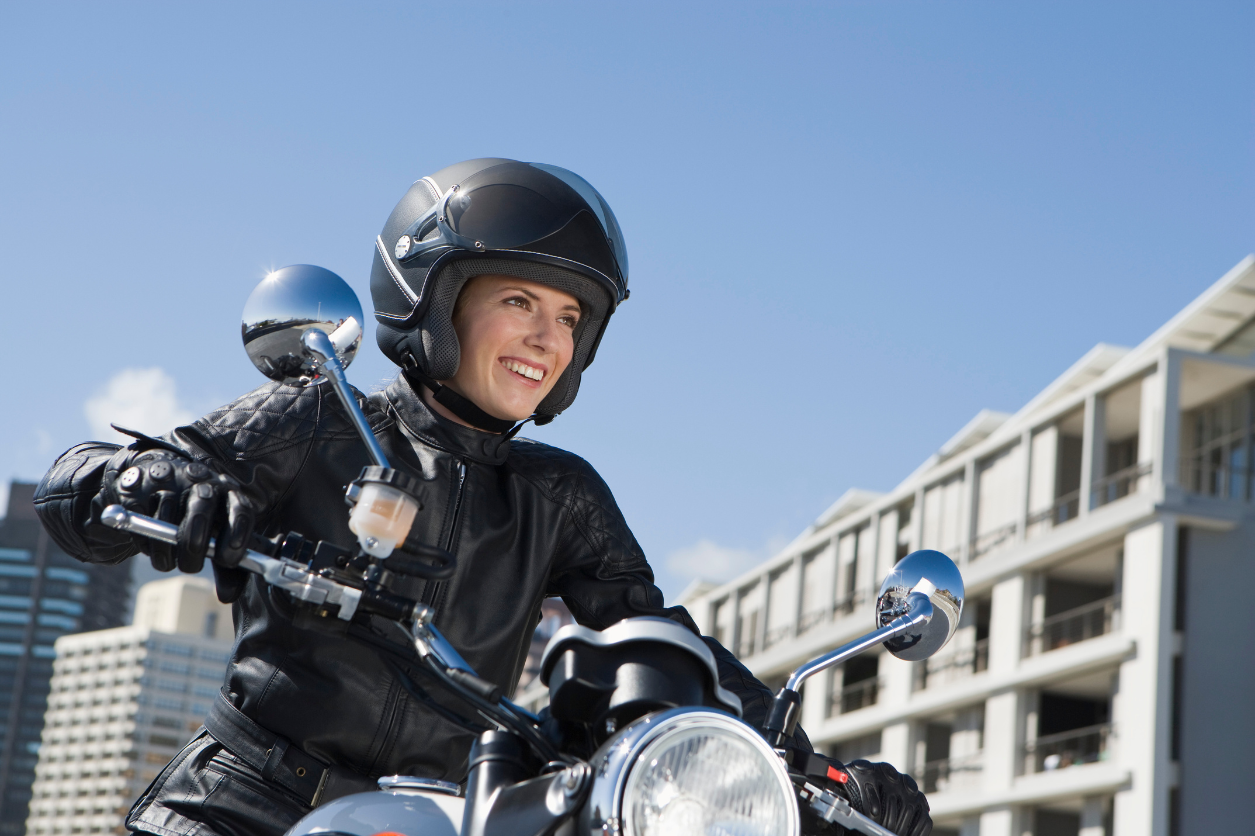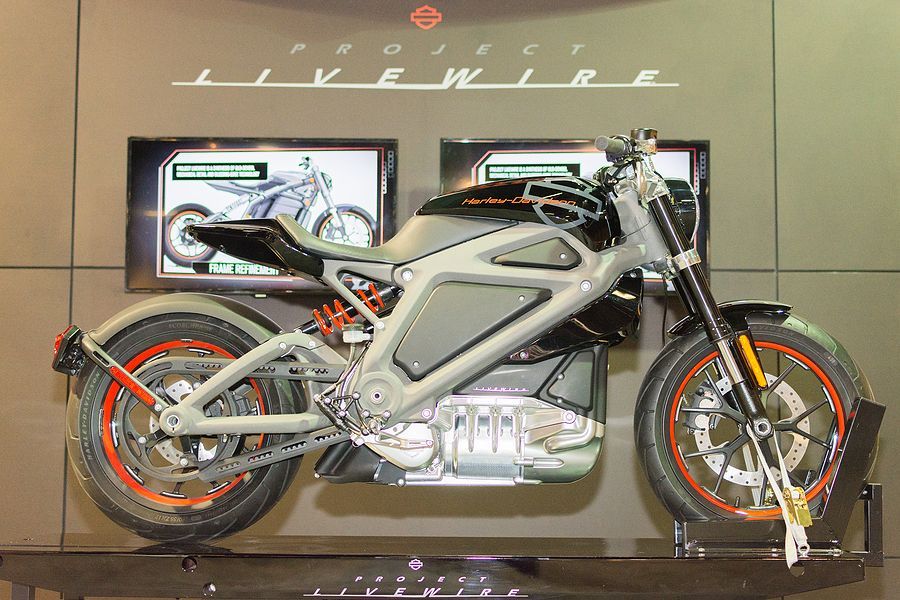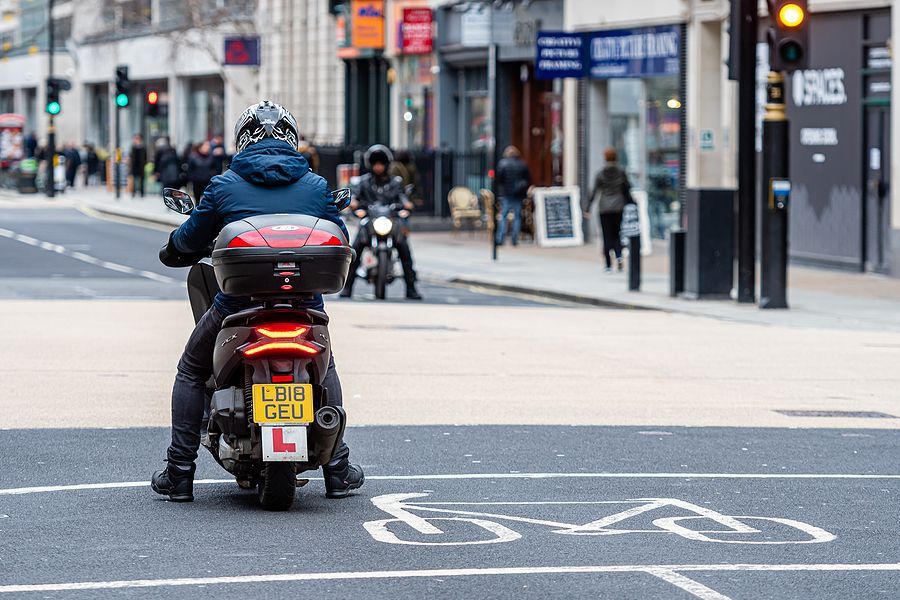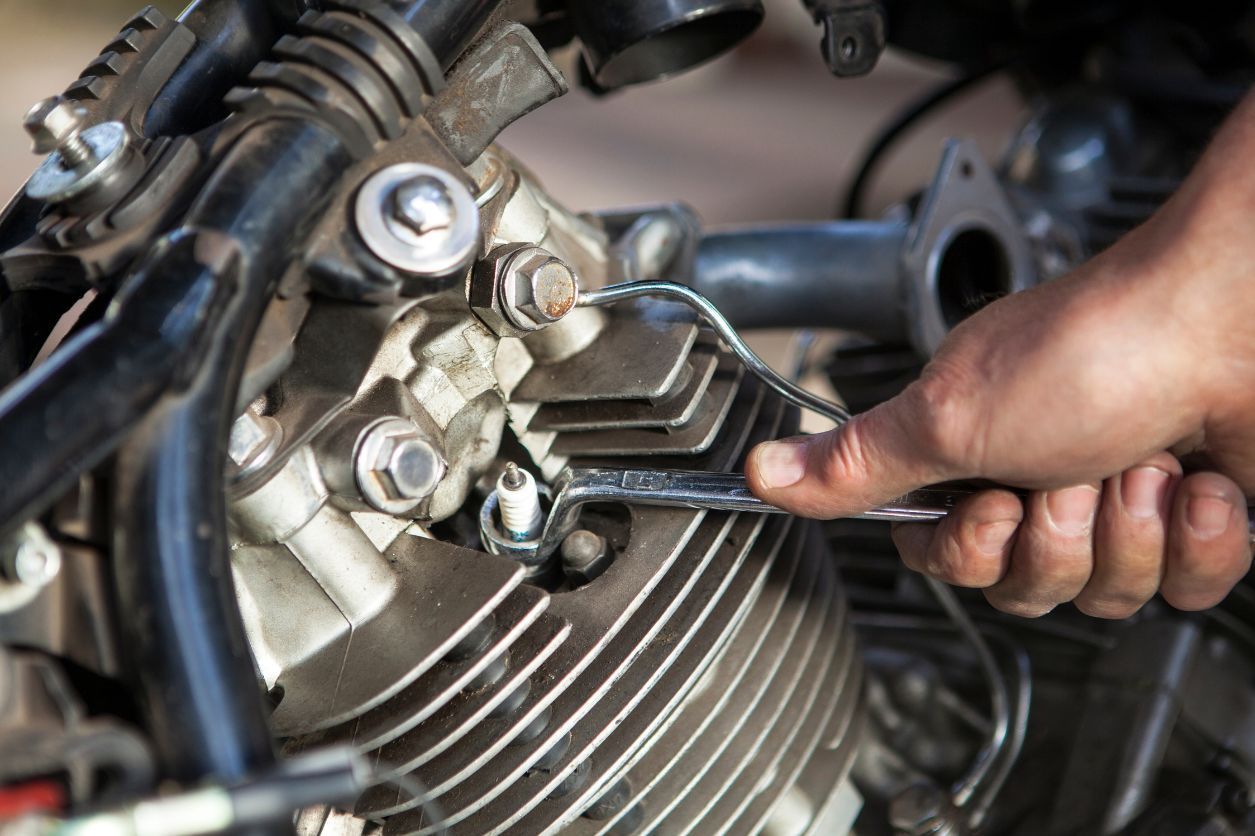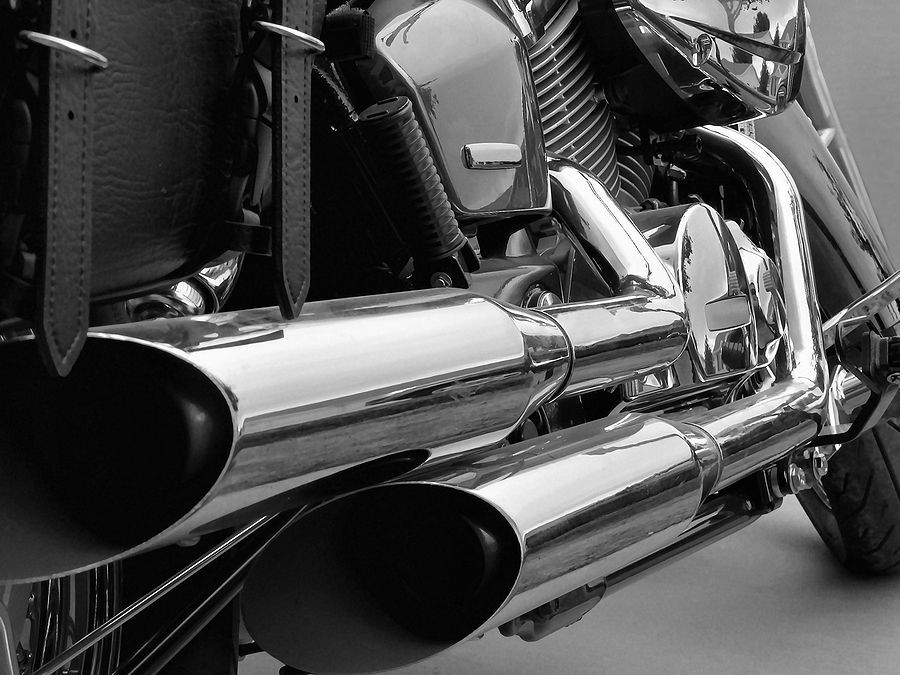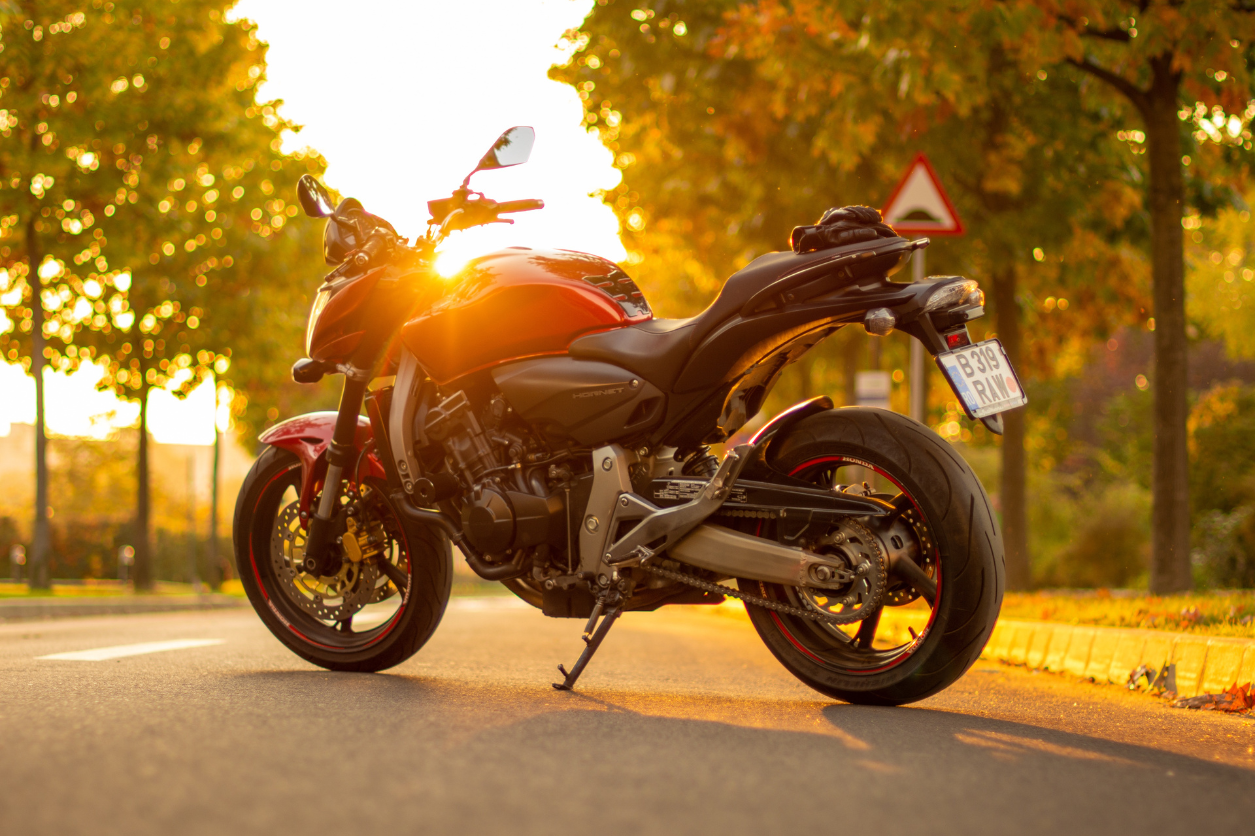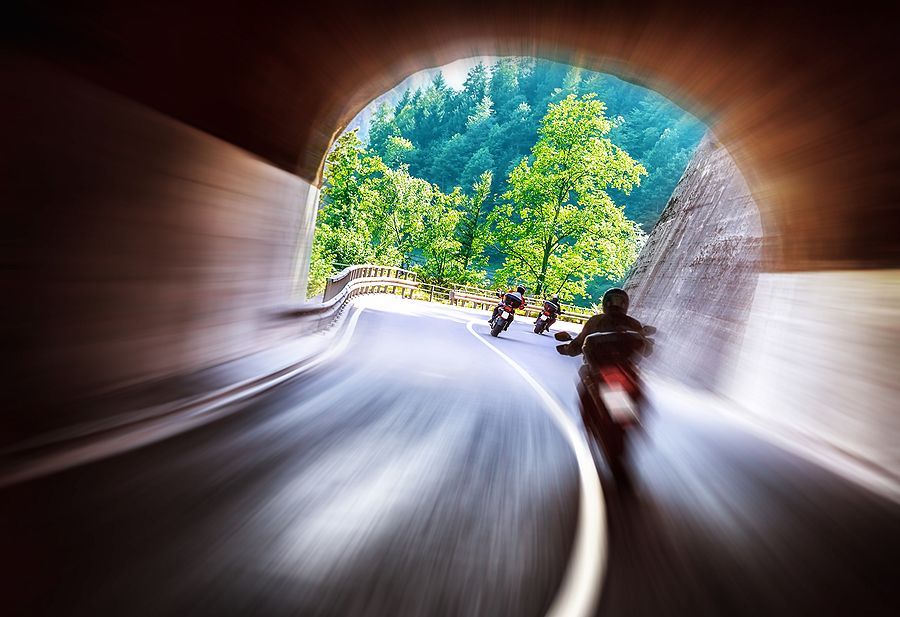What Is The Motorcycle Big Four?
What Is The Japanese Motorcycle Big Four?
When choosing a motorcycle to learn on and to take to a driving school, there are a lot of different options manufactured and sold in several dozen countries, each of which brings unique characteristics, traits and traditions.
However, the vast majority of reliable, small-engined and easy-to-ride bikes are made by four main manufacturers collectively known as the Japanese Big Four.
These are:
- Honda, who produced its first motorcycle in 1946.
- Suzuki, who started making bikes in 1952.
- Kawasaki, who started in 1954.
- Yamaha, who started in 1955 after separating from its similarly famous music equipment business.
All four companies are vast conglomerates known for making a huge number of other products, including cars, off-road vehicles, boats and powered wheelchairs amongst many other motorised products.
The collective name “Big Four” not only highlights that they are the four biggest motorcycle manufacturers in Japan but also how collectively they managed to fundamentally change the market around the world.
Up until 1959, the largest manufacturers of motorcycles were either European or American, with Harley-Davidson, Triumph (as part of the BSA Group), DKW and NSU (both now part of Audi) all at one point being the largest bike producers in the world.
Honda became the largest motorcycle manufacturer in 1959 and has not relinquished that role since, with the other three following not long after.
This led to rapid competition which in turn brought about higher quality, lower costs and better performance and reliability, creating what became known as the Universal Japanese Motorcycle, a name first given to the incredibly popular
Honda CB750.
This led to competition between the Big Four, with Kawasaki’s Z1, the Suzuki GS750 and the Yamaha XS Eleven all following the CB750 within a decade and causing the former major manufacturers to drastically downsize or fold entirely.
Whilst companies such as Harley-Davidson managed to find a niche, and other companies such as Ducati, Triumph and BMW have continued to be successful, the Big Four still are highly influential, particularly for people choosing their first bike.
